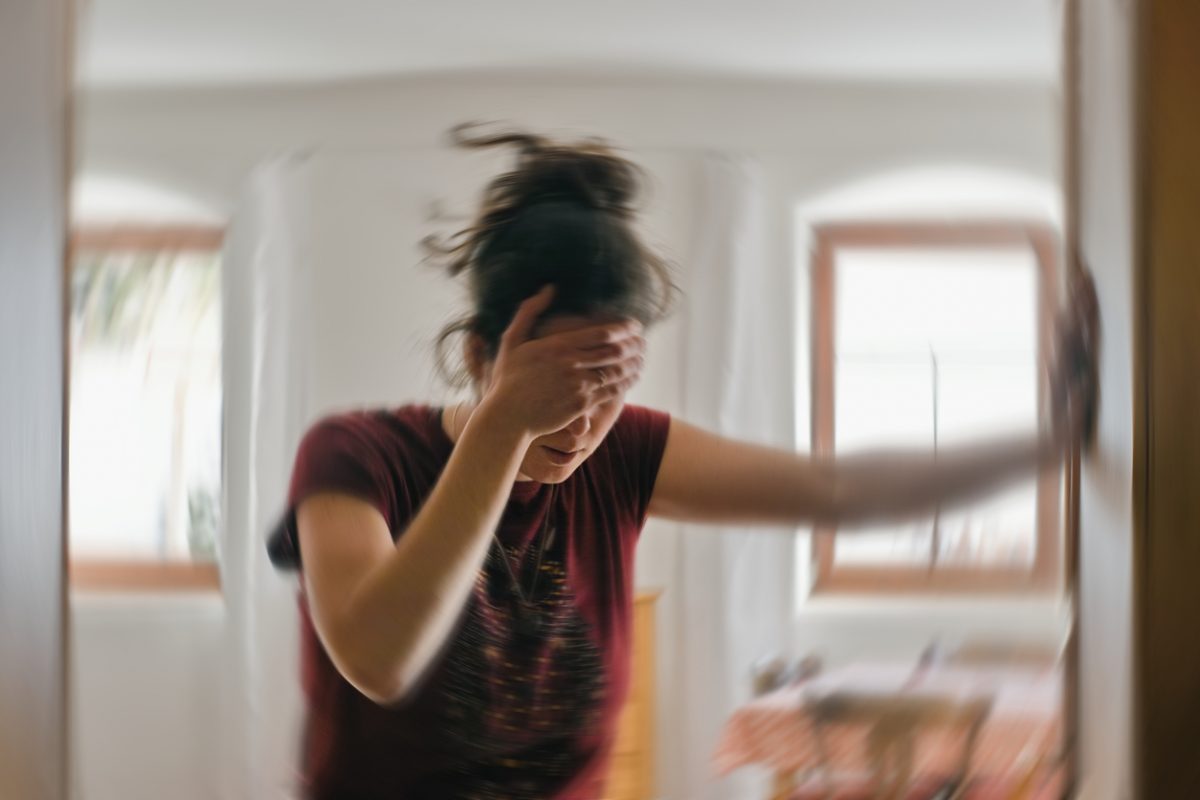Objective: Epidemiologic studies from general population and clinical case series suggest association of parasomnias with mental illnesses and psychotropic medications. This cross-sectional study aimed at determining the prevalence rate of sleepwalking, sleep-related eating disorder (SRED), rapid eye movement sleep behavior-like disorder (RSBD-like disorder), and sleep-related injury (SRI) and their associated factors in an adult psychiatric outpatient clinic.
Method: Subjects aged 18 to 65 years who were attending an outpatient clinic in Hong Kong from May 2006 through June 2006 were included in this cross-sectional study. A 3-phase design was employed, including a structured questionnaire on parasomnias, followed by clinical interviews of both questionnaire-positive and -negative groups, and polysomnography for subjects having active parasomnias in recent 1 year. In addition, the principal psychiatric diagnoses, medical illnesses, and detailed drug history over recent 1 year were retrieved from the computerized records.
Results: Twelve hundred thirty-five subjects completed the phase 1 interview. The estimated prevalence of the lifetime diagnoses of sleepwalking, SRED, SRI, sleep violence, and RSBD-like disorder were 8.5%, 4.0%, 21.0%, 3.6%, and 5.8%, respectively, while the 1-year prevalence of these conditions were 2.9%, 2.4%, 8.8%, 2.5%, and 3.8%, respectively. These conditions were associated with depression and a constellation of sleep disturbances. Specific combinations of psychotropics were found to pose risk in particular parasomnias: sedative antidepressants and nonbenzodiazapine hypnotics in sleepwalking, regular zolpidem and antidepressants in SRED, and selective serotonin reuptake inhibitors in RSBD-like disorder.
Conclusions: Sleepwalking, SRED, RSBD-like disorder, and SRI were common and underrecognized among the psychiatric population in this study. Their occurrences were likely contributed by interacting effect of mental illnesses, sleep disturbances, and specific psychotropic medications. Further prospective study is warranted for clarification of the etiology and clinical management of these potentially dangerous and “hidden” parasomnias.Â
Please sign in or purchase this PDF for $40.00.





